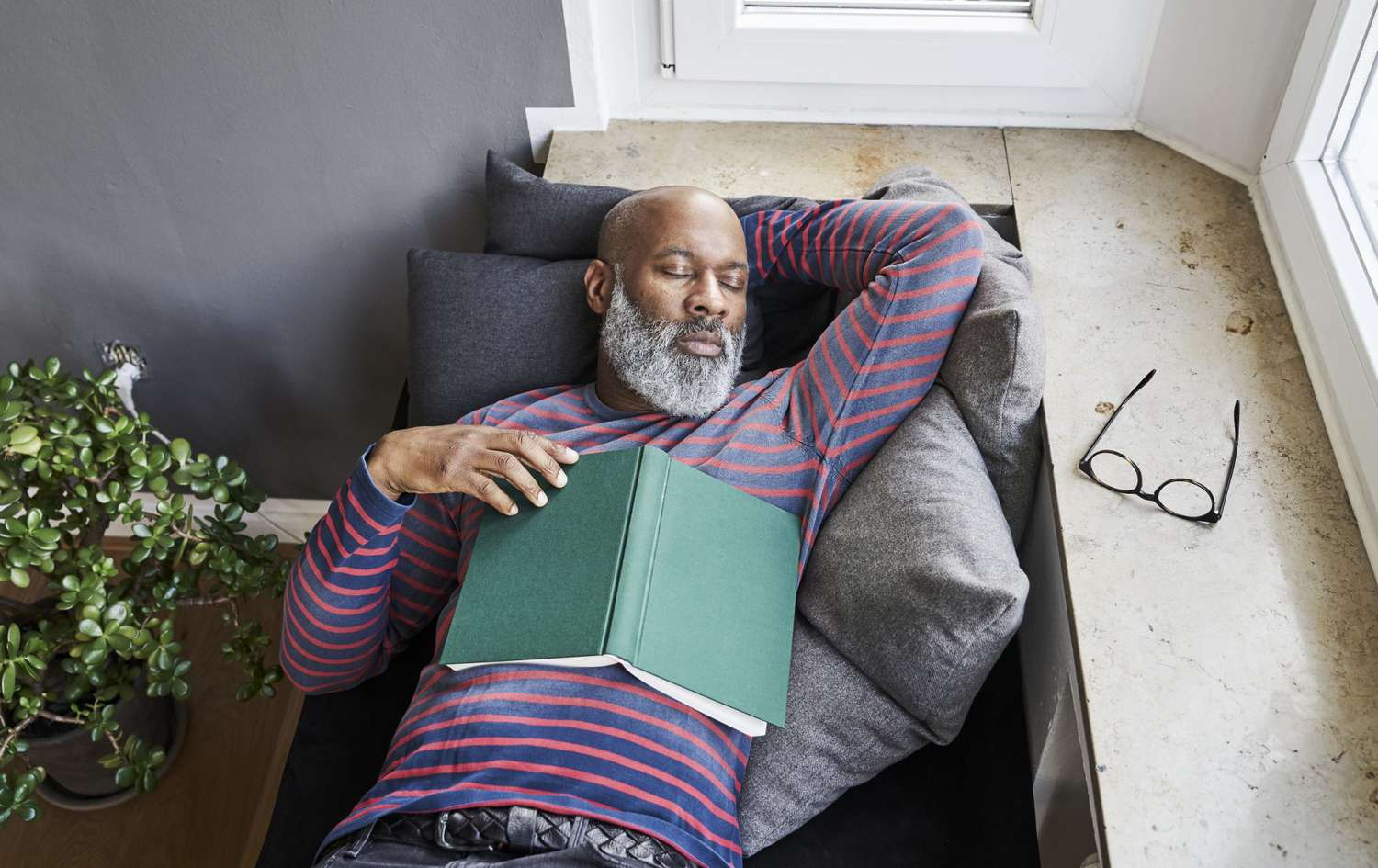While exercising regularly has many health benefits, a new study suggested that stroke survivors who completed a cardiac rehabilitation program focused on aerobic exercise significantly improved their ability to transition from sitting to standing, and how far they could walk during a six-minute walking test.
The research was published today in the 'Journal of the American Heart Association', an open-access journal of the American Heart Association.
Cardiac rehabilitation is a structured exercise program prevalent in the U.S. for people with cardiovascular disease that has been shown to increase cardiovascular endurance and improve quality of life. Despite many similar cardiovascular risk factors, stroke is not among the covered diagnoses for cardiac rehab.
Physical inactivity is common among stroke survivors, with more than 75 per cent of all U.S. patients who survive a stroke not receiving the guideline-recommended amount of exercise (150 minutes of moderate-intensity or 75 minutes of vigorous-intensity physical activity per week). Currently, exercise-based cardiac rehab programs are not the standard of care provided to stroke survivors in the U.S.
"Through this study, we hoped to improve controllable risk factors for stroke survivors, and potentially prevent future stroke and cardiac events," said lead study author Elizabeth W. Regan, D.P.T., Ph.D., clinical assistant professor of exercise science in the physical therapy program at the University of South Carolina in Columbia, South Carolina.
"Increasing physical activity is an important way to prevent stroke, and we wanted to see whether the rehab that patients receive after surviving a heart attack could have similar positive outcomes for patients who survive a stroke," Regan added.
Researchers launched a pilot study at a North Carolina medical center to investigate the benefits of a cardiac rehab program for stroke survivors. In total, 24 participants, ages 33 to 81, who had a stroke from three months to 10 years earlier, were enrolled in a cardiac rehab program including 30-to-51-minute aerobic exercise sessions three times a week, for three months.
At the beginning of the program, participants were evaluated for physical function (cardiovascular endurance, functional strength, and walking speed) and other health measures such as a mental health questionnaire and a balance test. In a post-program assessment, participants repeated these evaluations. At a six-month follow-up appointment, they completed the same tests a final time and answered life and exercise habit questionnaires. At the initial post-program assessment, researchers found that compared to the beginning of the study:
Participants saw an improvement in the distance they could walk during a six-minute walking test. On average, each participant improved their distance by 203 feet.
Participants improved their ability to quickly move from sitting to standing in the five-times-sit-stand test. Improvements on this test correspond to increased leg strength and can correspond to lower fall risk for people after stroke.
Study participants improved their metabolic equivalent of task (MET) level, or the maximum level of the amount of energy generated by the average person to perform a specific task, by about 3.6. For example, one metabolic equivalent of the task is defined as the energy it takes to watch TV, and seven are required for jogging.At the six-month follow-up visit, participants had maintained these gains, and 83.3% of participants reported that they were still exercising at least once a week.
"Our most important goal as health care professionals is to help stroke survivors reduce as many risk factors as possible to prevent future stroke or cardiovascular disease. Based on these preliminary findings, we hope prescribing cardiac rehab will be considered for all patients following a stroke, as it is for patients after a heart attack," Regan said.
"We need to place value on exercise as medicine. Exercise is health, and it is important for every individual, regardless of physical limitations or age. Hopefully, increasing physical activity can be one of the first steps to improving overall health following a stroke," Regan added.
This study included a small patient sample and was a pilot study at a single center in a multi-center health system; therefore, larger studies are needed to confirm these preliminary results.
(Only the headline and picture of this report may have been reworked by the Business Standard staff; the rest of the content is auto-generated from a syndicated feed.)

 Mina Dean is a Nutritionist and Food Scientist. She holds a BSc in Human Nutrition and an MSc in Food Science.
Mina Dean is a Nutritionist and Food Scientist. She holds a BSc in Human Nutrition and an MSc in Food Science.
